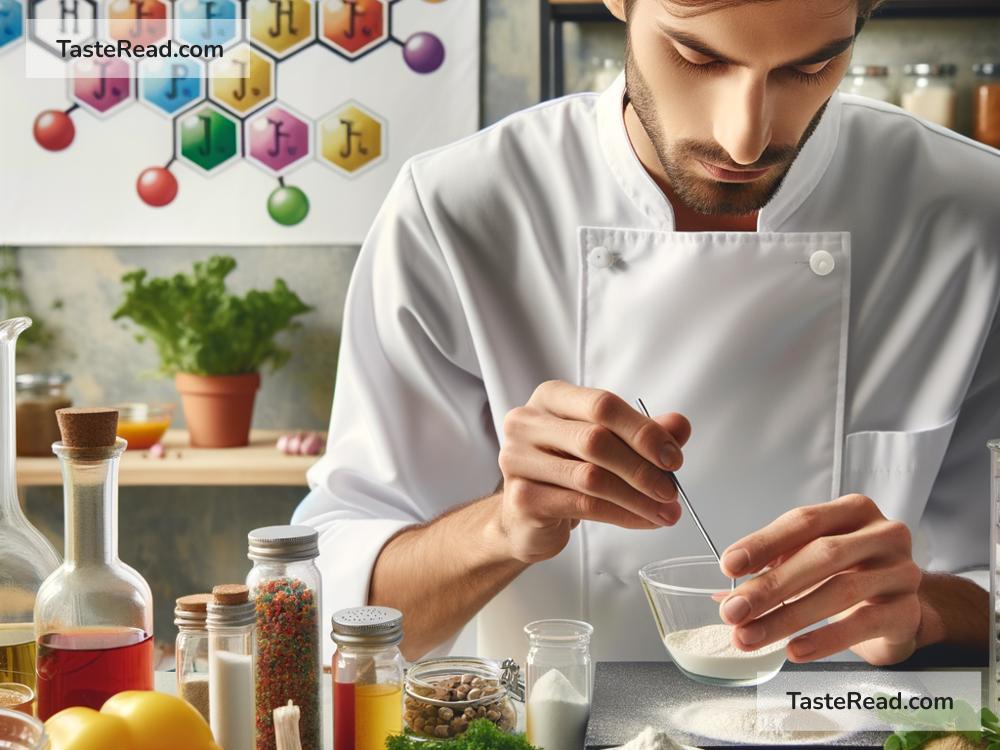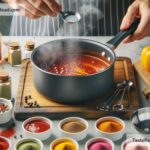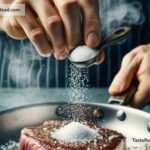The Science of Cooking with Chemical Acumen: Techniques and Tips
Cooking is more than just mixing ingredients and hoping for the best. It’s a combination of art and science, and understanding the science behind cooking can elevate your meals from good to great. When you understand how ingredients interact and how heat works its magic, you can make informed decisions to improve taste, texture, and nutrition. Let’s explore the fascinating world of cooking through simple kitchen chemistry principles, along with tips and techniques to help you become a more confident chef.
Why Cooking Is Science
Cooking is essentially applied chemistry. When you boil water, bake a cake, or fry vegetables, you’re triggering chemical reactions. These reactions create new flavors, alter textures, and sometimes change colors. The more you understand these processes, the easier it becomes to control them and experiment successfully in the kitchen.
For example, have you ever wondered why bread rises or why meat becomes tender when cooked low and slow? It’s all thanks to science! Bread dough rises because yeast produces carbon dioxide gas during fermentation. This gas gets trapped in the dough, causing it to expand upward and form the light, airy structure of bread. Similarly, slow-cooked meat becomes tender because heat breaks down tough connective tissues over time, transforming them into soft, flavorful gelatin.
Techniques to Understand the Chemistry of Cooking
Here are a few key science-backed techniques that can make a big difference in your cooking:
1. Maillard Reaction: The Secret to Flavor
The Maillard reaction is a chemical process that occurs when proteins and sugars in food are exposed to high heat. It’s why steaks get beautifully browned, bread crusts turn golden, and roasted coffee smells so delicious.
Tip: To maximize the Maillard reaction, make sure your food is dry before cooking. Pat your steak with a paper towel before searing, or avoid overcrowding items on a pan. Damp food will steam rather than brown.
2. Cooking with Acids: Balancing Flavors and Textures
Acids, like lemon juice, vinegar, and yogurt, play a critical role in cooking. They enhance flavors, tenderize meats, and preserve freshness. For example, marinating chicken in yogurt helps break down proteins, making it juicy and tender. Similarly, citrus or vinegar can brighten up the flavors of a salad or sauce.
Tip: When cooking vegetables, avoid adding acid at the start, as it can make them tough. Instead, add acidic ingredients toward the end for optimal texture.
3. Emulsification: The Magic of Mixing Oil and Water
Oil and water don’t normally mix, but emulsification is a technique that forces them to blend into creamy magic. Common examples include salad dressings, mayonnaise, and sauces like hollandaise. Emulsifiers like egg yolks or mustard stabilize the mixture.
Tip: To create a perfect emulsion, add oil gradually while whisking vigorously. This helps prevent separation and ensures a silky texture.
4. Temperature Control: Precision Matters
Temperature is one of the most important factors in cooking. Different foods require different temperatures to achieve their ideal taste and texture. For instance, proteins in meat start firming up at around 140°F (60°C), while the Maillard reaction begins around 300°F (150°C). Baking, frying, simmering, and freezing all involve manipulating temperature to influence how food behaves chemically.
Tip: Invest in a reliable thermometer for precision. It will help you avoid undercooked or overcooked results, especially for meats or delicate desserts.
5. Salt: More Than Just a Flavor Enhancer
Salt does more than make food taste better—it alters the molecular structure of ingredients. For example, when added to a marinade, salt penetrates the surface of meat, improving tenderness and flavor. Similarly, salting vegetables before roasting can draw out moisture, creating a crispier texture.
Tip: Season every layer of your dish as you cook. A little salt early in the process, combined with adjustments at the end, helps create balanced, flavorful dishes.
6. Using Heat to Strengthen or Break Down Proteins
Proteins in food change dramatically when exposed to heat. In raw eggs, heating transforms the clear, runny whites into solid, opaque textures through a process called “denaturation.” Similarly, slow cooking tough cuts of meat breaks down collagen, resulting in fork-tender meat.
Tip: Cook proteins with care—use low heat for slow, tender results or high heat for a quick sear. Avoid overheating eggs or delicate proteins, as they can become rubbery.
Fun Experiments to Try in the Kitchen
Cooking inspired by science can be fun! Experimenting with techniques and ingredients can teach you a lot about how chemical reactions work. Here are some ideas to try next time you’re in the kitchen:
- Experiment with baking soda: Add a pinch to cookie dough to make cookies fluffier—it’s all about the carbon dioxide released when baking soda reacts with acids!
- Test caramelization: Cook sugar over low heat to see how it melts and gradually transforms into sweet, aromatic caramel sauce.
- Play with temperature: Compare boiled eggs to sous-vide cooked eggs for different textures. You’ll learn how subtle temperature changes affect proteins.
Cooking Smart with Science
When you approach cooking with a curious mind, backed by scientific understanding, you can unlock endless possibilities. You don’t need fancy tools or expensive ingredients—just curiosity and a willingness to learn from the interactions happening in your pan or oven!
Cooking with chemical acumen helps you experiment thoughtfully, troubleshoot problems, and create consistent results. Whether you’re browning meat for a stew, whipping cream into soft peaks, or simmering sauces, all these processes depend on science. So next time you’re cooking, think about the chemistry happening behind the scenes—it might just change the way you approach your kitchen.
Remember: science isn’t only for labs or textbooks—it’s alive and bubbling in every pot, pan, and plate you create. Bon appétit!


